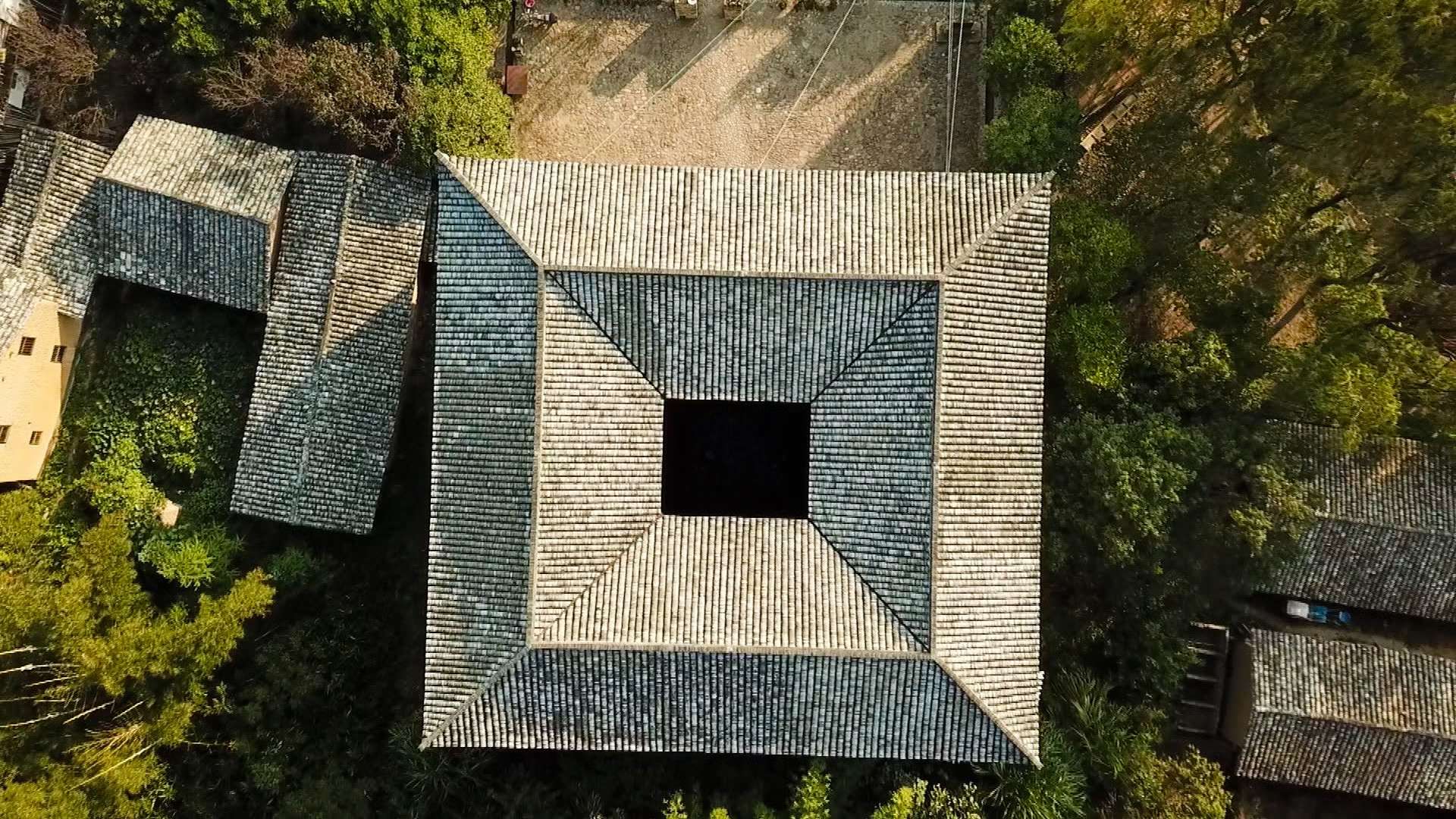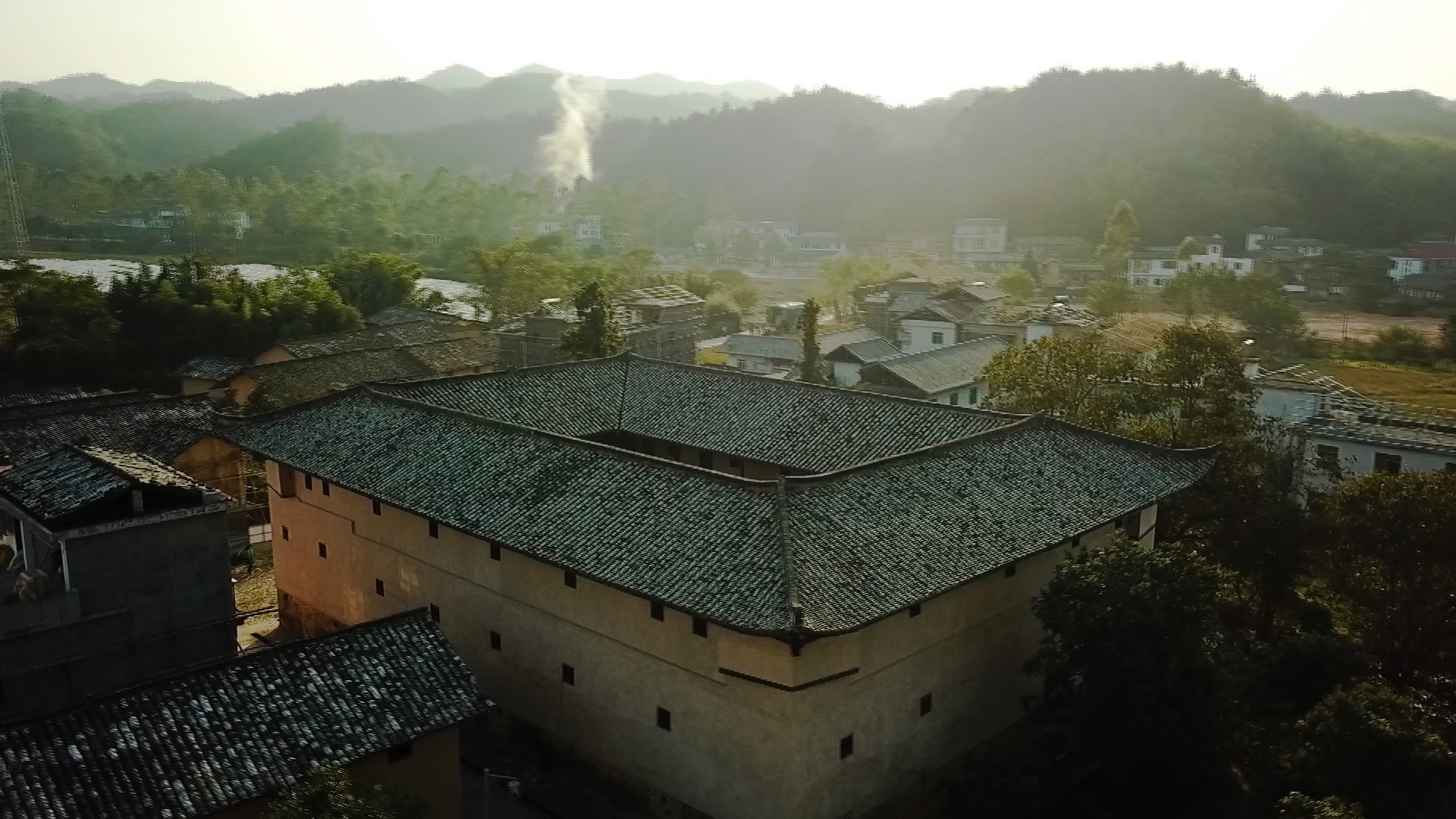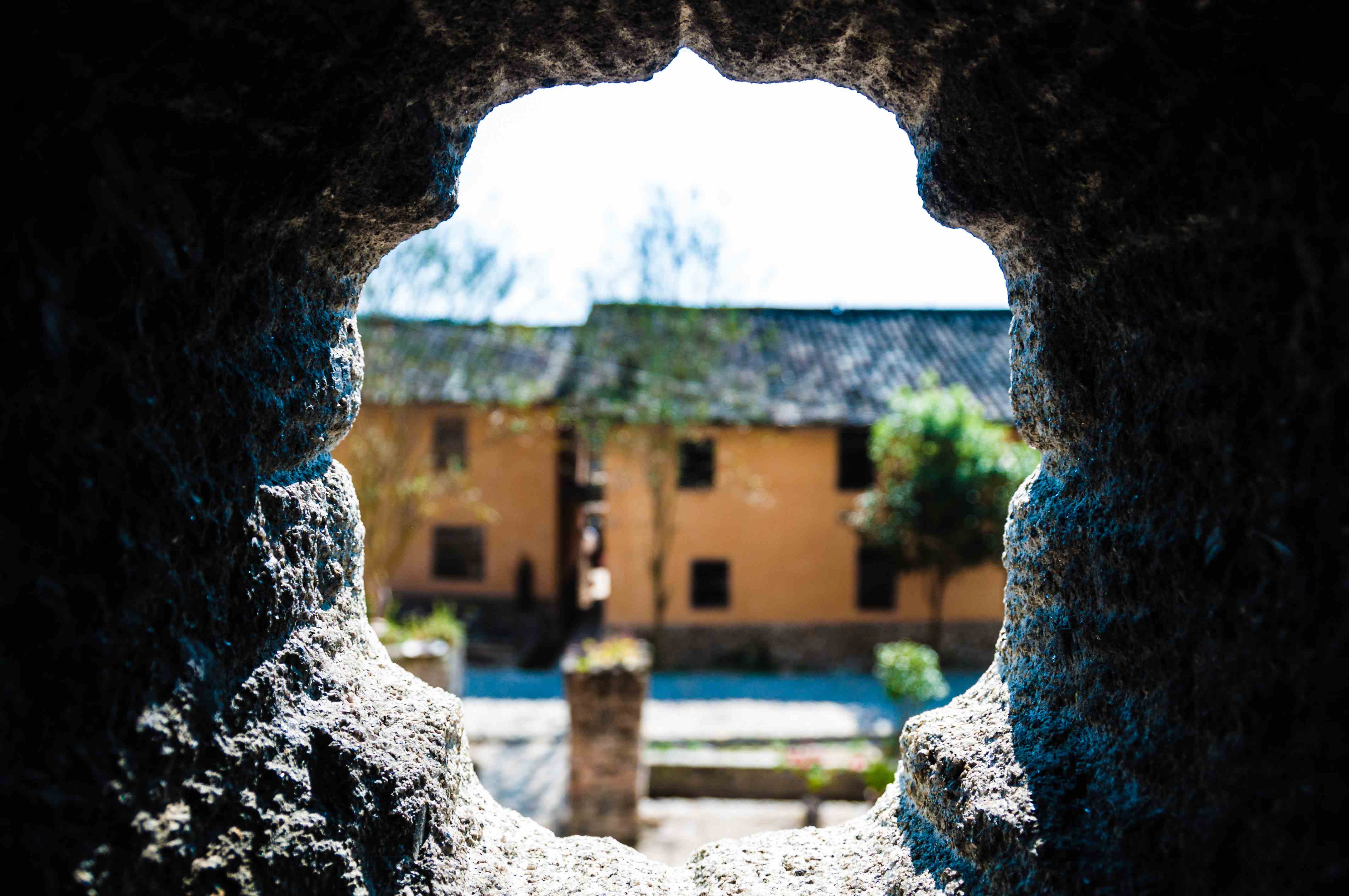
Culture
19:03, 16-Feb-2018
Hakka's fortress houses at a glance
By He Tianran, He Yingjie

The Fortress houses in southern China have amazed and baffled outsiders. Seen from above, they look like huge crop circles and squares. During the Cold War, US intelligence officers even mistook them for missile silos. While not as sensational, the truth behind why these structures exist is just as remarkable.
Called ‘weiwu’, these buildings have been home to the Hakka people, who still live there. Originally from central China, they were refugees who fled war, poverty and persecution. Though they are not an ethnic group, their shared hardship and background gave a reason for the Hakka to band together.
Outsiders

/CGTN Photo
/CGTN Photo
The locals were not happy. They called the refugees all manner of things including Hakka, meaning ‘guest people’. The Hakka were able to accumulate more land and wealth through their entrepreneurship and determination, provoking resentment and armed clashes with the natives.
To protect themselves, the Hakka built weiwu. The fortress homes accommodated multiple families and could withstand sieges because of the facilities available inside including well, food storage and built-in sewage system.

All exterior windows are small and were used as gun ports. /CGTN Photo
All exterior windows are small and were used as gun ports. /CGTN Photo
An unconquerable fortress
In Yaxi Village, Quannan County, a 130-year-old weiwu housed several branches of the Chen family. Each of its four floors had 13 rooms, with the lower levels occupied by children and the elderly. Its top floor was reserved for young men who would patrol the corridors.
Every corner of the weiwu held a watchtower that provided a 180-degree view through its four arrow slits. Also, two shooting holes into the floor allowed defenders to respond to an attack from the ground quickly.
Like a castle, the weiwu had just one gate, which on combining with the other defensive features, would make a breach extremely difficult. Such an infrastructure was necessary because of the bandit activity in the area.

A Hakka woman weaving Lanjinpa. /CGTN Photo
A Hakka woman weaving Lanjinpa. /CGTN Photo
The Hakka now take pride in their past. The women wear on Lanjinpa head covers decorated with motifs of the Yellow River that flows through their homeland in China’s central plains. Once the outsiders, the Hakka and their architecture are now a lasting part of southern China’s natural and cultural landscape.
Explore Quannan County with Tianran He in the upcoming episode of Travelogue. It broadcasts on CGTN on Sunday, February 18 at 7:30 am (Beijing Time). Rebroadcast times: Sundays 4:30 pm, Mondays 2:00 am and Thursdays 1:30 pm.

SITEMAP
Copyright © 2018 CGTN. Beijing ICP prepared NO.16065310-3
Copyright © 2018 CGTN. Beijing ICP prepared NO.16065310-3